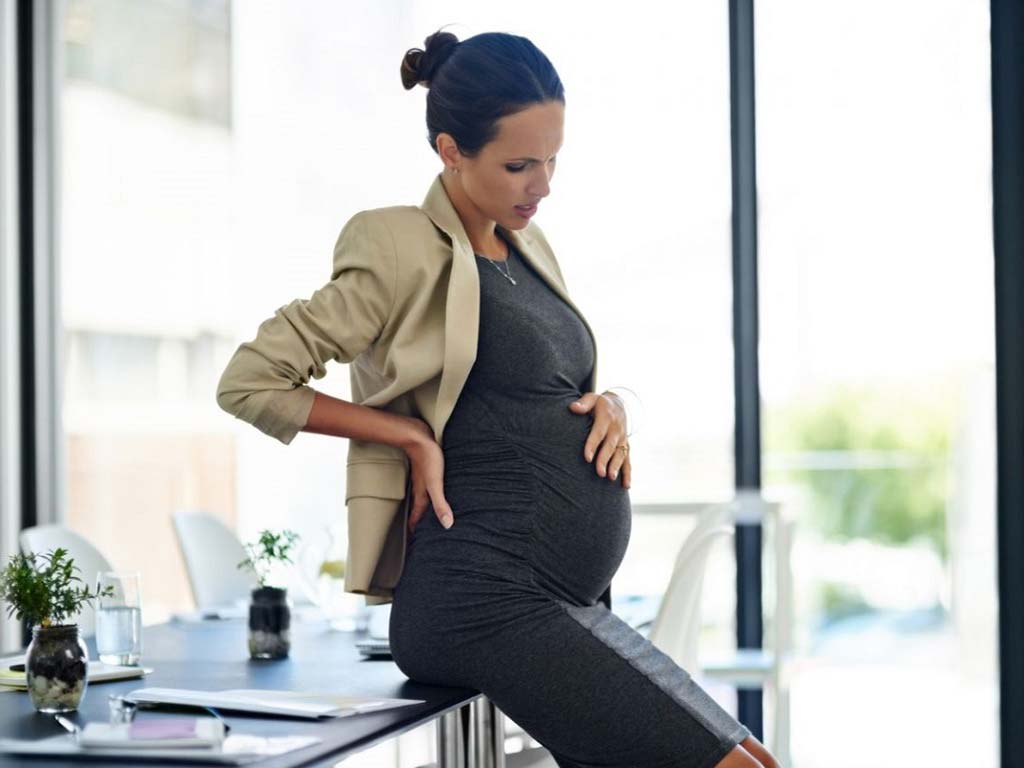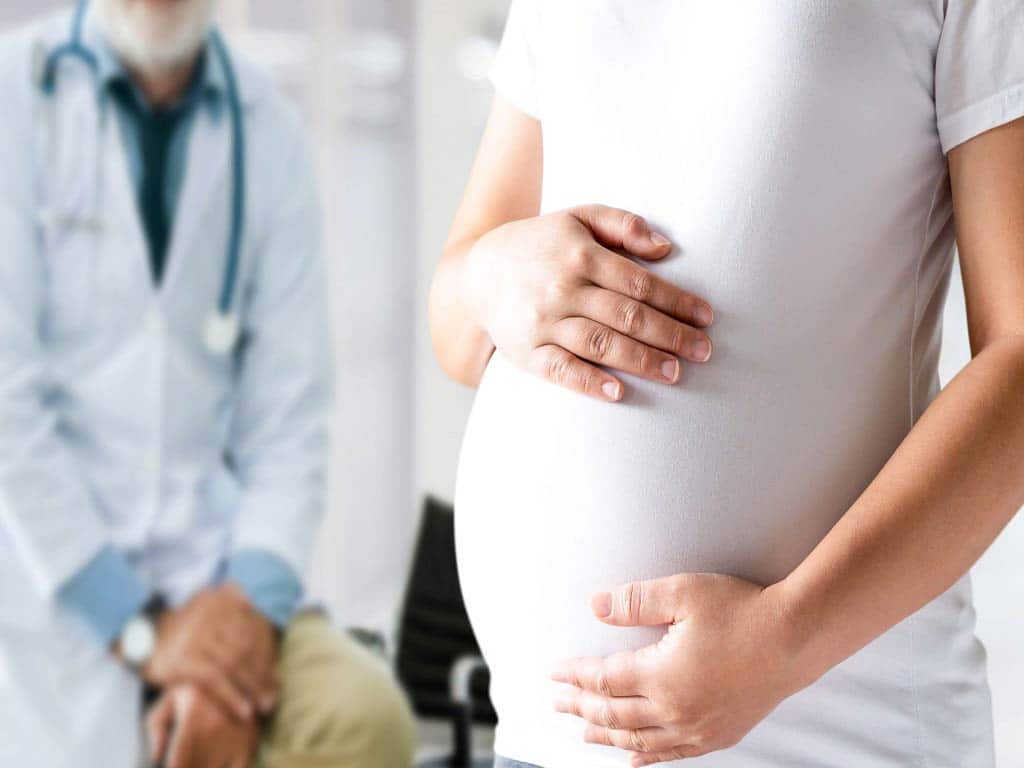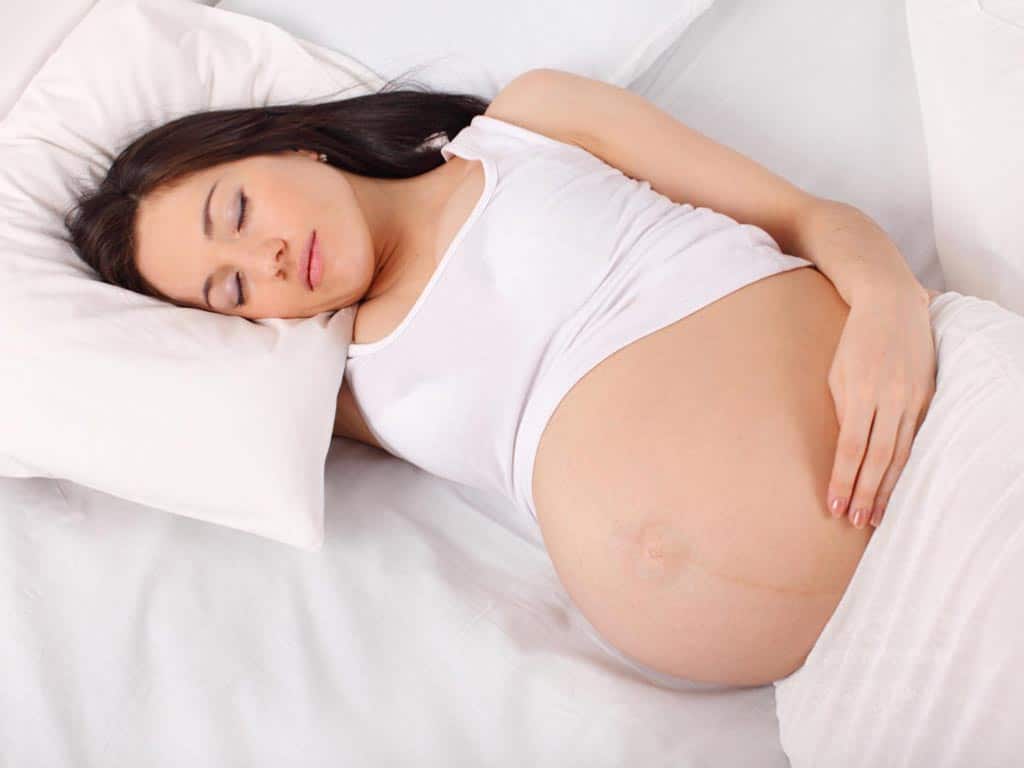
Women can experience lower back pain during pregnancy due to physical changes in the body, hormone imbalances, and physiological stress. Some of the common causes of lower back pain include weight gain, postural changes and muscle separation. Anatomic and postural changes can result in discomfort in the hip, pelvis, thigh, and/or abdomen. Fortunately, there are options available to help ease the pain during pregnancy. Some of these options may include active exercise, hot and cold therapy and massage therapy.
During pregnancy, low-back pain is a common occurrence, especially in the early stages. The ligaments in the body naturally soften and stretch, preparing for labour, which can strain the joints in the lower back and pelvis and cause back pain. This article will identify its causes, pain relief options, and safety measures to avoid this pain during pregnancy. You will also the advantages of using TENS as an alternative treatment for pain relief.
Identifying The Causes Of Lower Back Pain During Pregnancy
Lower back pain is a common discomfort experienced by pregnant women due to the extra weight and change in the centre of gravity as the baby grows. The lumbar region of the spine can become strained due to the increased pressure. During pregnancy, the hormone relaxin can cause lower back pain by making the ligaments and joints in the pelvic area more flexible.
Other risk factors include pre-existing lower back problems, poor posture, and lack of regular exercise. Muscle strain and soreness can occur from the physical changes that accompany pregnancy. It includes the expansion of the abdominal muscles and the stretching of the pelvic muscles. Understanding the factors that contribute towards lower back pain during pregnancy can assist in effectively managing and preventing it.
Various techniques, like utilising heating pads or cold compresses, and practising pelvic tilt exercises may offer relief. Taking warm baths, and wearing a maternity support belt may also help ease pain. Furthermore, maintaining proper posture and avoiding extended periods of sitting or standing is beneficial for pain relief. Lastly, it is advisable to engage in gentle exercises like water aerobics to alleviate discomfort.
Activities That May Contribute To Back Pain
Engaging in certain activities during pregnancy can make the back pain worse. Some common activities that may contribute to the pain may include:
- Lifting heavy objects.
- Bending over for extended periods of time.
- Standing or sitting for long periods without breaks.
- Poor posture can also contribute to back pain during pregnancy.
- Slouching
- High-impact exercises and activities that involve sudden movements or jarring motions.
It is important to consult with a healthcare provider before starting any exercise program or trying new therapies. They can provide appropriate guidance based on individual circumstances and ensure the safety and well-being of both mother and baby.

Relief Options For Lower Back Pain During Pregnancy
Pregnant women often experience lower back pain. Fortunately, there are ways to find relief. One of the most used methods is a heating pad or cold compress. The application of heat or ice packs to the affected area may help decrease inflammation and offer temporary relief. Another option is through massage. It can help improve blood and lymph circulation, reducing swelling. Moreover, it relieves muscle spasms, cramps, and myofascial pain.
Furthermore, it is essential to consult with a physical therapist who can offer guidance on exercises and stretches that are tailored to relieve lower back pain during pregnancy. Pelvic tilt exercises, for instance, can be beneficial in strengthening the abdominal muscles.
Additionally, engaging in regular exercise, such as water aerobics or walking, can help strengthen muscles and improve overall posture. Most importantly, it is recommended to consult with a health care provider before starting any exercise program. In addition, complementary therapies such as acupuncture may offer some relief. Before trying new therapies or taking pain medications, always consult with a health care professional to ensure safety.
Advantages Of Using TENS For Pain Relief
TENS therapy machines have two main advantages. Firstly, they improve blood flow and reduce swelling. This is helpful for pregnant women with swollen legs and feet. Secondly, TENS units reduce stress by releasing endorphins, promoting relaxation.
TENS for pregnancy can be used in early labour to manage pain and reduce the need for medications. This can lead to a more comfortable and positive labour experience. TENS is a non-invasive pain relief option that is generally safe for both the mother and the baby when used correctly. It does not involve any risky or invasive procedures.

Measures To Avoid Lower Back Pain During Pregnancy
There are some preventive measures to help reduce the risk of having lower back pain during pregnancy. One of which is avoiding lifting heavy objects whenever possible. The activity can strain the back muscles when done improperly. However, when lifting, ensure to bend the knees and use the legs rather than your back. This will help reduce tension in the back muscles.
Moreover, maintaining a good posture is crucial to prevent lower back pain. Make sure to stand and sit up straight, avoiding slouching or arching the back. Using a supportive chair or cushion can also help maintain proper posture. Additionally, wearing supportive shoes with low heels can help distribute the weight evenly.
Lastly, pregnant women may use a maternity support belt. They can use a belly band during the second trimester. Using one during the later stages of pregnancy may help in doing daily activities more comfortably. Furthermore, maternity belts provide extra support during the day and help alleviate pregnancy-related back and pelvic pain.
More Tips To Prevent Lower Back Pain
There are several additional tips that expecting mothers can follow to help prevent low-back pain. One simple yet effective tip is to pay attention to sleep position. Using a pregnancy pillow or sleeping on the side with a pillow between the knees can help alleviate stress on the lower back.
Moreover, pregnant women should prioritise maintaining their body’s hydration and nourishment with nutritious foods to prevent experiencing lower back pain. This can be achieved by consuming a balanced diet and drinking an adequate amount of water throughout the day. These simple measures can help alleviate discomfort and contribute to a healthier pregnancy.
Conclusion
Lower back pain during pregnancy can be a challenge, but with proper care, it can be managed effectively. By identifying the causes and implementing appropriate strategies, pregnant women can find relief from this discomfort and enjoy a more comfortable pregnancy. Pregnancy can cause lower back pain due to physical changes, hormones, and stress. Common causes include weight gain, posture changes, and muscle separation. Changes in the body can cause discomfort in the hip, pelvis, thigh, and abdomen.
There are options to ease pregnancy pain. These may include exercise, therapy, and massage. If the pain is severe or lasts a long time, it is advisable to consult with a healthcare professional. They may recommend additional treatment options or prescribe pain medicines or muscle relaxants. Complementary therapies, like physical therapy or water exercise, may also provide relief. Physical therapists may suggest using a drug-free pain relief treatment called TENS therapy.







